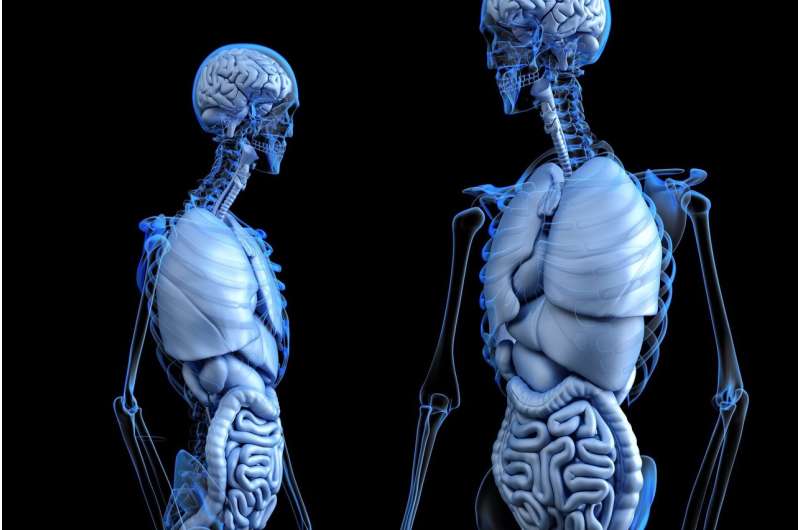Virtual Clinics Reduce Hospital Readmission Rates, Study Shows

Learn how UC San Diego Health's virtual clinics are reducing hospital readmission rates and improving post-discharge patient care through innovative telemedicine strategies.
A recent study conducted by researchers at the University of California San Diego School of Medicine has demonstrated that virtual clinics for high-risk patients significantly decrease hospital readmissions. The study, published in the September 23, 2025 online edition of JMIR Medical Informatics, analyzed the impact of a telemedicine clinic operated by UC San Diego Health, which offers immediate post-discharge care aimed at managing patient health during the critical transition period.
The virtual clinic was designed to provide timely, accessible follow-up care for patients identified as moderate or high risk for readmission, using tools like the LACE+ index to determine those at greater risk of complications. Patients typically receive their first follow-up within one week of discharge, compared to the standard two to four weeks. The clinic is staffed by hospitalists, medical assistants, pharmacists, and offers interpreter services when needed.
Results from the study reveal that the 30-day readmission rate for patients in the virtual clinic was 14.9%, notably lower than the 20.1% rate observed in the control group receiving traditional follow-up care. The initiative not only improved clinical outcomes but also enhanced healthcare efficiency by reducing unnecessary hospital visits. It exemplifies how telemedicine can address healthcare disparities, especially for patients lacking transportation or preferring remote consultations.
Horman, the lead researcher, emphasized that the virtual clinic's strategic approach focuses on ensuring medication access, patient understanding, and effective coordination with primary and specialty care providers. She highlighted that this methodology helps hospitals manage capacity better, especially in the wake of the ongoing healthcare challenges.
Supported by a multidisciplinary team, the clinic's success is underpinned by data-driven strategies, including the use of LACE+ scores to tailor follow-up care, which contributed to improved patient outcomes and reduced healthcare costs. The study involved more than 25,000 participants over three years, showcasing the scalability and effectiveness of virtual post-discharge care. Plans are underway to extend this model to more facilities within UC San Diego Health.
This research underscores the potential of telehealth solutions to transform post-hospital care, improve patient recovery, and optimize healthcare resources, paving the way for more widespread adoption of virtual clinics in hospital discharge protocols.
Stay Updated with Mia's Feed
Get the latest health & wellness insights delivered straight to your inbox.
Related Articles
The Risks and Benefits of Caffeine Pouches: A Modern Energy Boost
Caffeine pouches are a modern, discreet way to boost energy quickly, but they pose significant health risks, especially for young users and those with underlying conditions. Learn more about their effects and regulation issues.
Limited Access to Alzheimer's Treatments in Rural Georgia Raises Concerns
A new study reveals significant disparities in Alzheimer's treatment access for rural residents in Georgia, highlighting urgent healthcare inequities and the need for resource redistribution.
T Cells in the Healthy Brain: Unveiling a Gut-Fat-Brain Connection
New studies reveal that T cells naturally reside in the healthy brain, originating from the gut and fat tissue, highlighting a novel gut-fat-brain axis that influences brain function and health.



